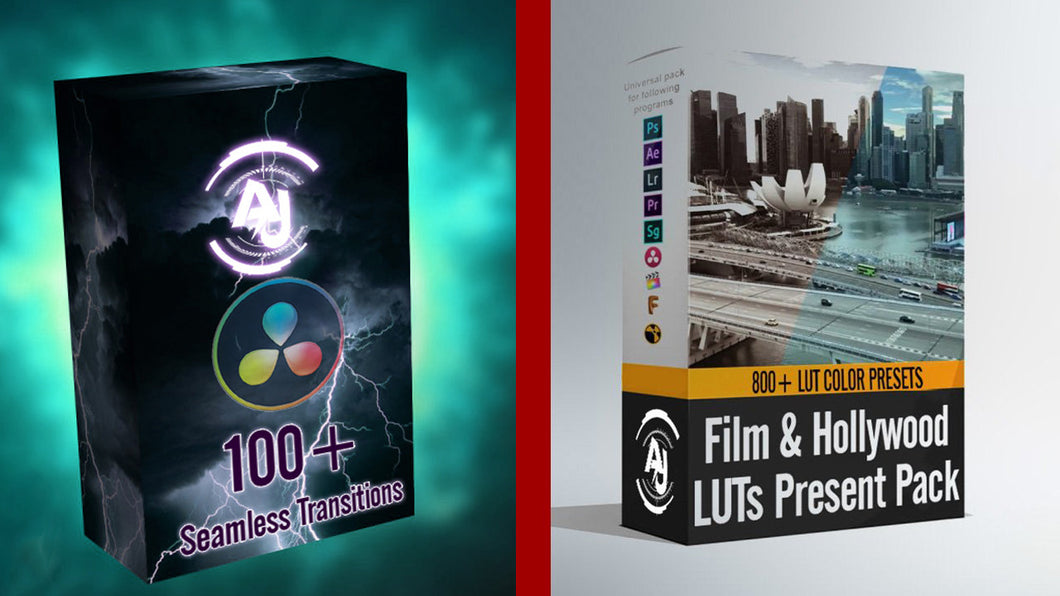

Once you save your LUT, you should find it as an option under "3D LUTS". Create a new folder within Resolve's "LUT" folder for all of your grades. This will open a browser to save your LUT, with the DaVinci Resolve LUT library as the default location. You can create a LUT from any clip in DaVinci simply by right mouse clicking it in the clips window of the Color tab and selecting "Generate 3D LUT (CUBE)". You can switch to this node graph by clicking on the drop down in the upper right of the nodes window. If you wish to apply a lut to all of your footage, add your LUT under the Timeline node graph. Select any LUT under "1D Input LUT", "1D Output LUT", or "3D LUT" to apply it to your footage.

In the Color tab of Resolve, right click on a node in the nodes panel to reveal your LUT options.

If you are new to Resolve, you might want to take a look at our introductory guide before attempting to apply LUTs. Adding a LUTĪdding a LUT in DaVinci Resolve is incredibly easy. You can even create your own LUTs from your color correction software of choice for use on future projects. LUTs aren't limited to use with high dynamic range footage they can also be used to apply any kind of correction you like. This LUT has remapped the color space of the log-c footage to match broadcast standards, and now the colorist can begin to grade the image. The log-c footage from the Arri Alexa is shown on the left, while the same footage with a rec709 LUT applied is on the right. The image bellow is an example of how far one LUT can take an image. LUTs are frequently applied when working footage that has been shot in a high dynamic range format ( see our log, raw, and uncompressed footage overview) to give the colorist a starting point for grading. LUT stands for LookUp Table, a type of file that mathematically maps one color space to another.


 0 kommentar(er)
0 kommentar(er)
